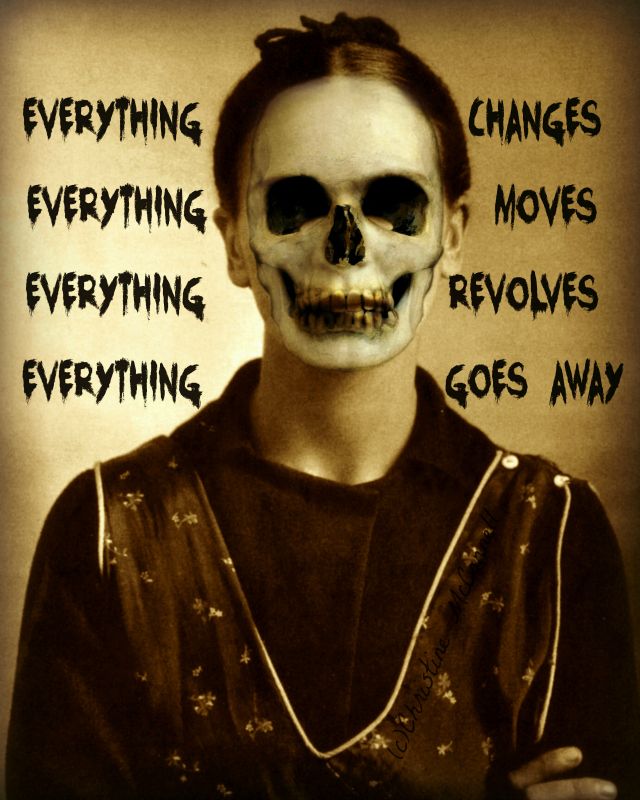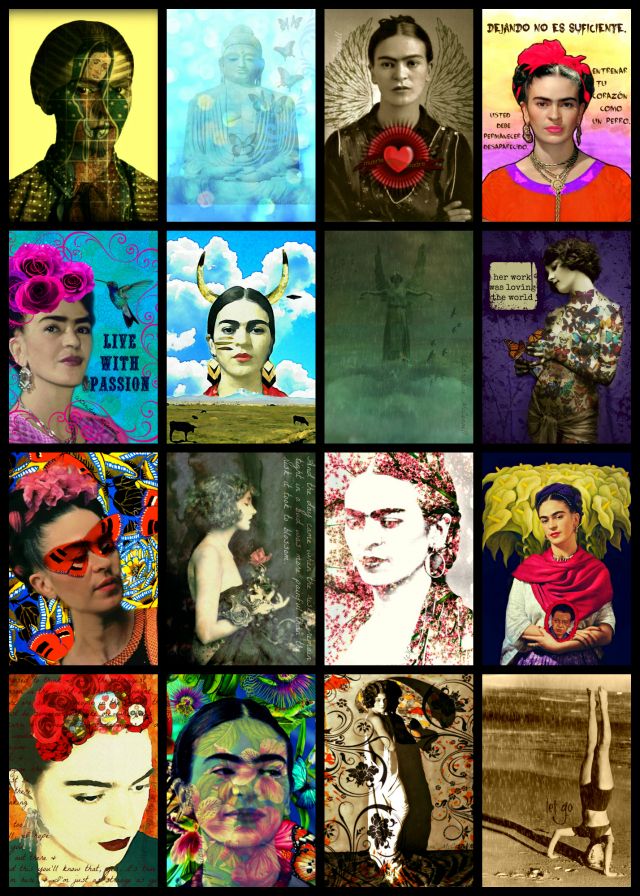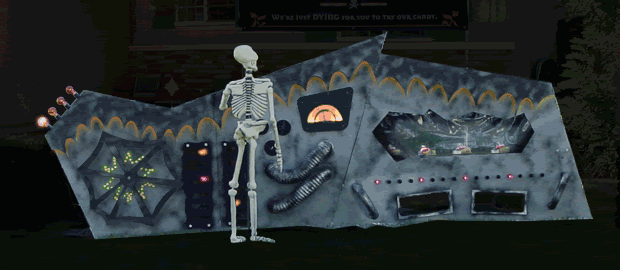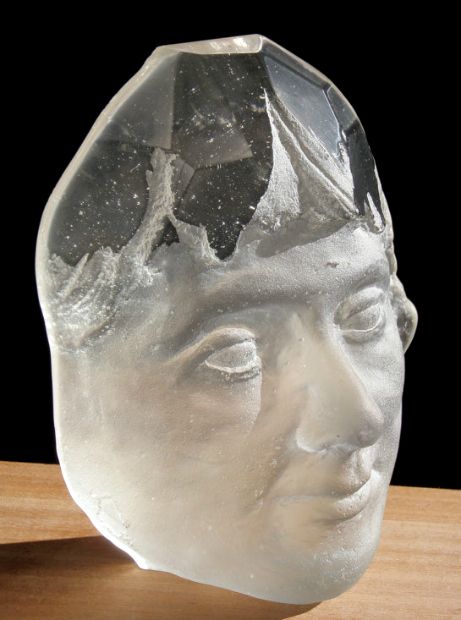I'm sharing an excerpt from Chapter One of a newly released fabulous book,
Mindfulness for Health: a practical guide to relieving pain, reducing stress and restoring wellbeing by Vidyamala Burch and Danny Penman, available
HERE.
Pain always seems worse at night. There is something about the silence that amplifies the suffering. Even after you’ve taken the maximum dose of painkillers, the aching soon returns with a vengeance. You want to do something, anything, to stop the pain, but whatever you try seems to fail. Moving hurts. Doing nothing hurts. Ignoring it hurts. But it’s not just the pain that hurts; your mind can start to suffer as you desperately try to find a way of escaping. Pointed and bitter questions can begin nagging at your soul:
What will happen if I don’t recover? What if it gets worse? I can’t cope with this . . . Please, I just want it to stop …We wrote
Mindfulness for Health to help you cope with pain, illness and stress in times such as these. It will teach you how to reduce your suffering progressively, so that you can begin living life to the full once again. It may not completely eliminate your suffering, but it will ensure that it no longer dominates your life. You’ll discover that it is possible to be at peace, even if illness and pain are unavoidable, and to enjoy a truly fulfilling life.
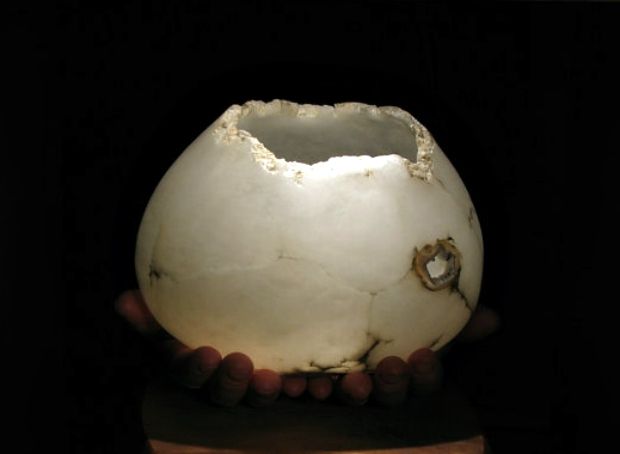
We know this to be true because we have both
experienced terrible injuries and used an ancient form of meditation known as
‘mindfulness’ to ease our suffering. The techniques in this book have been
proven to work by doctors and scientists in universities around the world. In
fact, mindfulness is so effective that doctors and specialist pain clinics now
refer their patients to our Breathworks centre in Manchester and to courses run
by our affiliated trainers around the world. Every day we help people find
peace amid their suffering.
Mindfulness for Health and its accompanying CD reveal a series of
simple practices that you can incorporate into daily life to significantly
reduce your pain, anguish and stress. They are built on Mindfulness-Based Pain
Management (MBPM), which has its roots in the ground-breaking work of Dr Jon
Kabat-Zinn of the University of Massachusetts Medical Center in America. The
MBPM programme itself was developed by Vidyamala Burch (co-author of Mindfulness for Health book) as a means of coping with the
after-effects of two serious accidents. Although originally designed to reduce
physical pain and suffering, it has proven to be an effective stress-reduction
technique as well. In fact, the core mindfulness meditation techniques have
been shown in many clinical trials to be at least as effective as drugs or
counselling for relieving anxiety, stress and depression. When it comes to
pain, clinical trials show that mindfulness can be as effective as the main
prescription painkillers, and some studies have shown it to be as powerful as
morphine. Imaging studies show that it soothes the brain patterns underlying
pain and, over time, these changes take root and alter the structure of the
brain itself so that you no longer feel pain with the same intensity. And when
it does arise, the pain no longer dominates your life so much. Many people
report that their pain declines to such a degree that they barely notice it at
all.
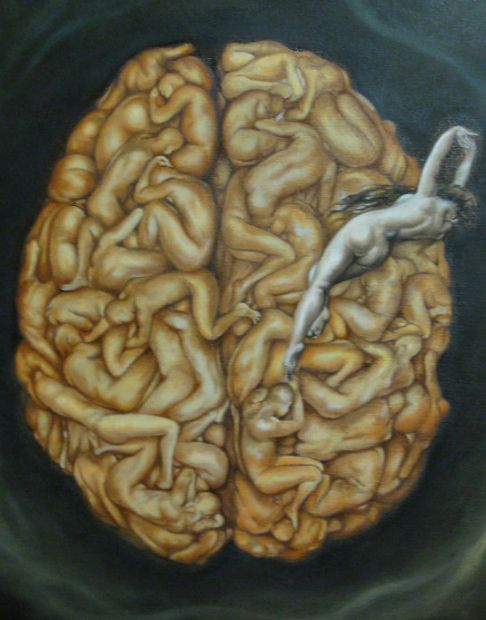
Many hospital pain clinics now prescribe
mindfulness meditation to help patients cope with the suffering arising from a
wide range of diseases such as cancer (and the side effects of chemotherapy),
heart disease, diabetes and arthritis. It is also used for back problems,
migraine, fibromyalgia, coeliac disease, and a range of auto-immune diseases
such as lupus and multiple sclerosis, as well as being effective for such
long-term conditions as chronic fatigue syndrome and irritable bowel syndrome.
It’s also useful for coping with labour pain. In addition to all these uses,
clinical trials also show that mindfulness significantly reduces the anxiety,
stress, depression, irritability and insomnia that can arise from chronic pain
and illness. Researchers are continually finding new conditions that can be
eased with mindfulness.
Mindfulness Dissolves Pain and Suffering
Mindfulness-Based Pain Management uses ancient meditations that were largely
unknown in the West until recently. A typical meditation involves focusing on
the breath as it flows into and out of the body (see box, below). This allows
you to see your mind and body in action, to observe painful sensations as they
arise and to let go of struggling with them. Mindfulness teaches you that pain
naturally waxes and wanes. You learn to gently observe it, rather than be
caught up in it, and when you do so, something remarkable happens: it begins to
melt away of its own accord. After a while you come to the profound realisation
that pain comes in two forms: Primary and Secondary. Each of these has very
different causes – and understanding this gives you far greater control over
your suffering.

Primary pain tends to arise from illness, injury
or damage to the body or nervous system. You could see it as raw information
being sent by the body to the brain. Secondary pain follows on close behind,
but is often far more powerful and distressing. Secondary pain can be seen as
the mind’s reaction to Primary pain.
Pain’s volume control
The mind has tremendous control over the sensations of pain that you
consciously feel and how unpleasant they are. It has a ‘volume’ control that
governs both the intensity and duration of the sensations of pain. This is
because your mind does not simply feel pain, it also processes the information
that it contains. It teases apart all of the different sensations to try to
find their underlying causes so that you can avoid further pain or damage to
the body. In effect, your mind zooms in on your pain for a closer look as it
tries to find a solution to your suffering. This ‘zooming-in’ amplifies your
pain. As your mind analyses the pain, it also sifts through your memories for
occasions when you have suffered similarly in the past. It is searching for a
pattern, some clues, that will lead to a solution. Trouble is, if you have
suffered from pain or illness for months or years, then the mind will have a
rich tapestry of painful memories on which to draw – but very few solutions. So
before you know it, your mind can become flooded with unsettling memories. You
can become enmeshed in thoughts about your suffering. It can seem as if you’ve
always been ill and in pain, that you’ve never found a solution and that you
never will. So you can end up being consumed by future anxieties, stresses and
worries as well as physical pain: What
will happen if I can’t stop this pain? Am I going to spend my life suffering
like this? Is it going to keep on getting worse?

This process happens in an instant, before
you’re consciously aware of it. Each thought builds on the last and quickly
turns into a vicious cycle that ends up further amplifying your pain. And it
can be worse than this because such stresses and fears feed back into the body
to create even more tension and stress. This can aggravate illnesses and injuries,
leading to even more pain. It also dampens down the immune system, so impairing
healing. So you can all too easily become trapped in a vicious downward spiral
that leads to ever greater suffering.
But even worse, such negative spirals can begin wearing tracks in the mind so
that you become primed to suffer. Your brain begins fine-tuning itself to sense
pain more quickly – and with greater intensity – in a futile bid to try to
avoid the worst of it. Over time, the brain actually becomes better at sensing
pain. Brain scans confirm that people who suffer from chronic pain have more
brain tissue dedicated to feeling the conscious sensations of pain. It’s almost
as if the brain has turned up the volume to maximum and doesn’t know how to
turn it down again.

It’s important to emphasise that Secondary pain
is real. You do genuinely feel it. It’s only called Secondary pain because it
is the mind’s reaction to Primary pain and has been heavily processed before
you consciously feel it. But this same processing also gives you a way out; it
means you can learn to gain control over your pain. For this reason, Secondary
pain is best described as suffering.
In practice, you can be in pain but you need not suffer. Once you realise this,
deep in your heart, then you can learn to step aside from your suffering and
begin to handle pain very differently indeed. In effect, mindfulness hands back
to you the volume control for your pain.

The benefits of mindfulness on overall mental
and physical health have been demonstrated in a wide range of scientific
studies. Despite this, you might still be a little sceptical about meditation.
When the word is mentioned a whole cascade of stereotypes can spring to mind:
Buddhist monks, yoga classes, lentils, brown rice . . . So, before we proceed,
we’d like to dispel some myths:

• Mindfulness is not a religion. It is simply a form of mental training that has been proven in countless scientific trials to help people cope with pain, illness, anxiety, stress, depression, irritability and exhaustion.
• Meditation will not trick you into passivity or resign you to your fate. On the contrary, mindfulness boosts mental and physical resilience.
• Meditation will not seduce you into adopting a fake ‘positive’ attitude to life. It simply creates a form of mental clarity that helps you to enjoy life and achieve your goals.
• Meditation does not take a lot of time. The programme in our book takes around twenty minutes per day. In fact, many people find that it liberates more time than it consumes because they spend far less time having to cope with chronic pain, illness and stress.
• Meditation is not difficult or complicated, although it does require some effort and persistence. You can meditate on more or less anything (we even include a Coffee Meditation in our book). You can also do it virtually anywhere – on buses, trains, aircraft or even in the busiest office.

Highly recommended by me!

